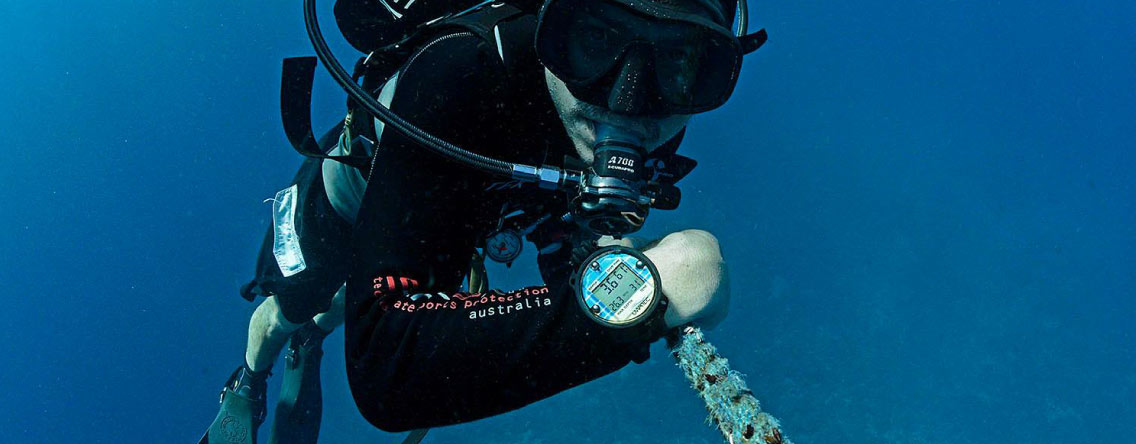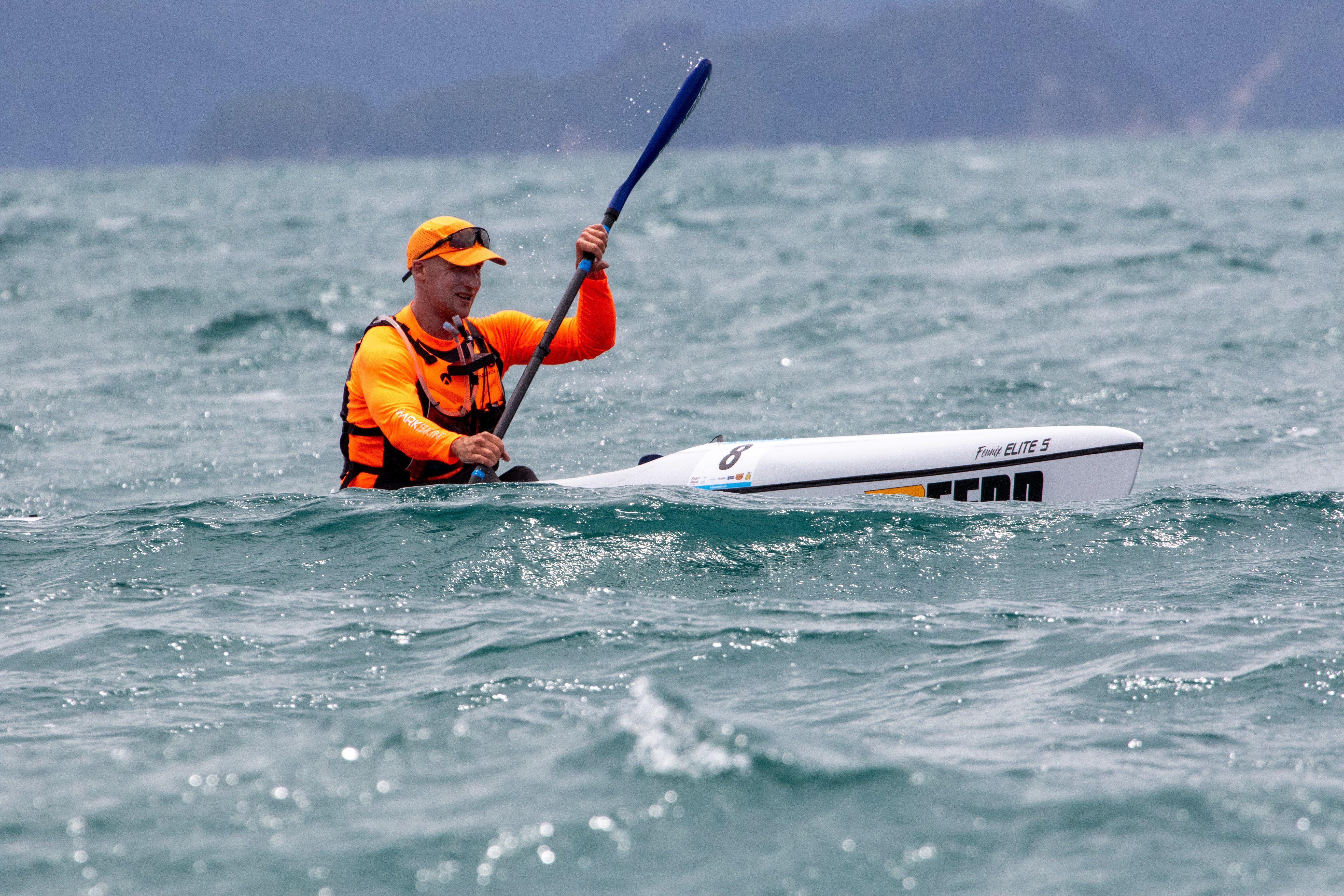Adapting to Climate Change: Sustainable Practices in Water Sports Apparel

In the face of global climate change, the water sports industry is increasingly turning its focus towards sustainability. This shift is not just a trend; it's a necessary response to the growing environmental concerns affecting our oceans and waterways. In this article, we will explore how water sports apparel, particularly from innovative brands like Sharkskin, is adapting to these challenges through sustainable practices.
The Impact of Climate Change on Water Sports
Climate change poses significant challenges for water sports enthusiasts. Rising sea temperatures, changing marine ecosystems, and more severe weather conditions can dramatically alter the water sports landscape. These changes underscore the need for the industry to adopt more sustainable practices, not only to preserve the natural playgrounds we cherish but also to ensure the long-term viability of the sports themselves.
Sustainability in Apparel Manufacturing
Sustainable apparel manufacturing is about more than just using eco-friendly materials. It encompasses a holistic approach that includes reducing waste, minimising carbon footprints, and ensuring ethical labor practices. In the context of water sports gear, this means finding innovative ways to create high-performance apparel that is kind to the planet.
Sharkskin’s Commitment to Sustainability
Sharkskin is at the forefront of this sustainable transformation. The brand has taken significant steps to ensure that their products are not only effective in performance but also environmentally responsible. This includes sourcing sustainable materials, implementing energy-efficient manufacturing processes, and reducing waste wherever possible.
Eco-Friendly Materials in Water Sports Gear
A key aspect of sustainable water sports apparel is the use of eco-friendly materials. Sharkskin has embraced this challenge by incorporating recycled plastics, plant-based neoprene alternatives, and other sustainable fabrics into their products. These materials offer the dual benefits of reducing environmental impact while maintaining the durability and performance water sports require.
Reducing Carbon Footprint in Production and Distribution
Beyond materials, Sharkskin is also focusing on reducing the carbon footprint of their production and distribution processes. This includes everything from utilising renewable energy sources in their factories to optimising logistics to minimise emissions. Such measures are crucial in reducing the overall environmental impact of apparel manufacturing.
The Role of Consumers in Promoting Sustainability
Consumers play a critical role in promoting sustainability in the water sports industry. By choosing brands that prioritise eco-friendly practices, customers can drive more companies to adopt sustainable methods. This section will provide tips on how consumers can make more environmentally conscious choices when selecting their water sports gear.
The Future of Sustainable Water Sports Apparel
The article will conclude with a look at the future of sustainable practices in the water sports industry. This includes the ongoing development of new materials and manufacturing techniques that are more environmentally friendly. The aim is to inspire hope and action among readers, emphasising that sustainable practices in water sports apparel are not just a passing trend but a vital part of the industry's future.
Conclusion
The transition to sustainability within the water sports industry is both a challenge and an opportunity. Brands like Sharkskin are leading the way, showing that it is possible to create high-quality, high-performance gear without sacrificing our planet's health. As we adapt to the realities of climate change, it's more important than ever to support and embrace these sustainable practices.













